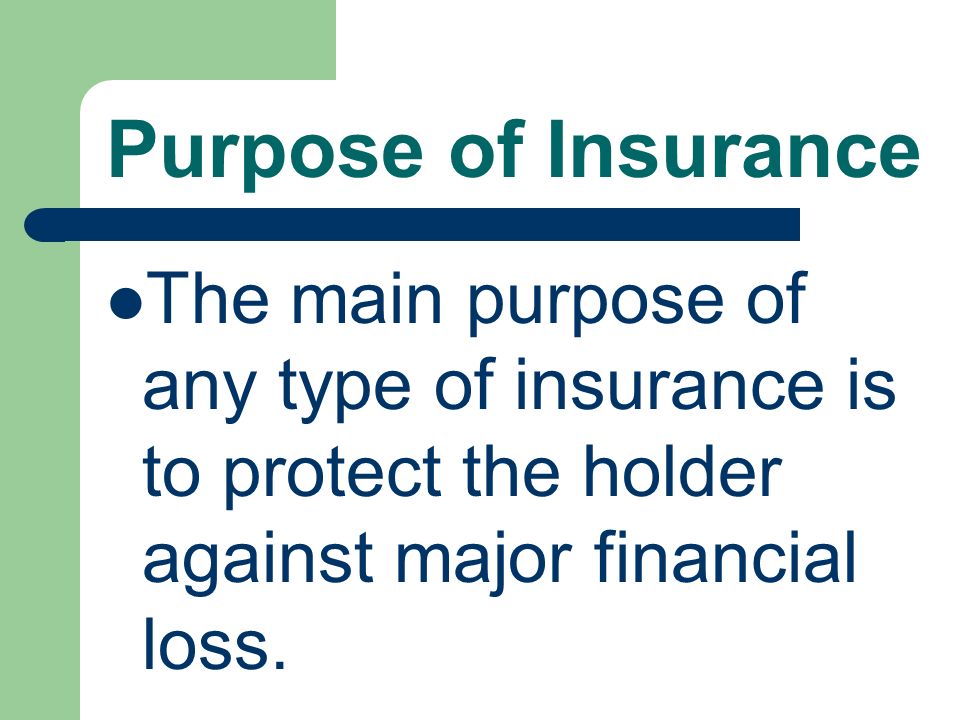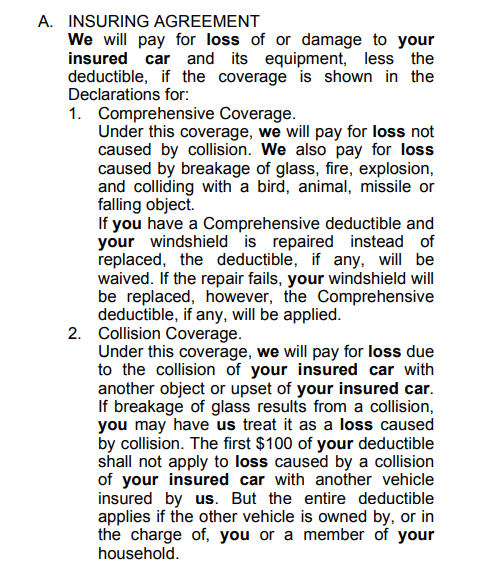The Only Guide for Pacific Prime
What Does Pacific Prime Mean?
Table of ContentsPacific Prime for BeginnersPacific Prime Things To Know Before You Get ThisSome Known Details About Pacific Prime The 7-Second Trick For Pacific Prime
In a lot of states, the insurance firm is called for to send you a duplicate of the adjustments to your plan. It is vital that you review Recommendations or Riders so you understand just how your plan has actually altered and if the policy is still appropriate to satisfy your demands. To get a copy of your insurance policy, please call your insurance policy agent or business.
The Institute of Medicine (IOM) Committee on the Repercussions of Uninsurance launches a prolonged examination of evidence that addresses the importance of health and wellness insurance protection with the magazine of this record. Coverage Issues is the very first in a series of 6 records that will be issued over the following two years recording the fact and effects of having an approximated 40 million people in the United States without medical insurance coverage.

Pacific Prime for Beginners
The objective of this series of research studies is to redouble policy interest on a historical trouble. Following the longest financial development in American history, in 1999, an estimated one out of every 6 Americans32 million grownups under the age of 65 and even more than 10 million childrenremains uninsured (Mills, 2000).

10 percent of the population accounts for 70 percent of health and wellness treatment expenses, a connection that has actually continued to be consistent over the past three decades (Berk and Monheit, 2001) - international health insurance. Therefore medical insurance remains to serve the function of spreading out threat even as it significantly finances regular treatment. From the perspective of healthcare suppliers, insurance policy lugged by their patients helps secure an income stream, and neighborhoods take advantage of economically sensible and secure wellness treatment specialists and institutions
Federal government provides health and wellness insurance policy to populations whom the personal market may not serve successfully, such as impaired and senior citizens, and populaces whose access to wellness care is socially valued, such as youngsters and pregnant women. The best ends of wellness insurance policy coverage for the individual and communities, consisting of work environment communities of employees and companies, are improved wellness outcomes and top quality of life.
All about Pacific Prime
Workers place wellness insurance policy first without a doubt in relevance among all the advantages offered in the office (Salisbury, 2001). There have been large financial investments of personal and public funds to supply wellness insurance coverage, numerous individuals still have no insurance coverage. Regardless of substantial coverage of study findings and wellness care study results, the general public remains baffled and mistaken about Americans without wellness insurance policy and the ramifications of doing not have coverage.

Without doubt, the complexity of American healthcare funding systems and the wide range of sources of information include in the general public's complication and apprehension regarding medical insurance data and their analysis. This record and those that will comply with objective to boil down and present in readily reasonable terms the extensive research that bears upon concerns of medical insurance coverage and its value.
Fifty-seven percent of Americans polled in 1999 believed that those without health insurance coverage are "able to get the care they need from medical professionals and healthcare facilities" (Blendon et al., 1999, p. 207). In 1993, when nationwide focus was concentrated on the problems of the uninsured and on pending health care legislation, just 43 percent of those questioned held this idea (Blendon et al., 1999).

They also get less precautionary solutions and are less likely to have routine treatment for chronic problems such as high blood pressure and diabetes. Persistent diseases can lead to pricey and disabling issues if they are not well taken care of (Lurie et al., 1984; Lurie et al., 1986; Ayanian et al., 2000). One nationwide survey asked more than 3,400 adults concerning 15 extremely serious or somber conditions.
8 Simple Techniques For Pacific Prime
Extra proof is offered later in this phase in the discussion of insurance policy and access to health and wellness care. https://www.find-us-here.com/businesses/Pacific-Prime-Agoura-Hills-California-USA/34031837/. Individuals without medical insurance are young and healthy and select to do without coverage. Almost half (43 percent) of those evaluated in 2000 believed that people without medical insurance are most likely to have health issue than people with insurance coverage
Citizens and policy makers in emphasis team conversations characterize those without insurance policy as youths who have the opportunity to be covered and feel they do not need it (Doorperson Novelli, 2001). Contrasted to those with at the very least some exclusive insurance coverage, the without insurance are much less most likely to report being in outstanding or really excellent wellness (Firm for Medical Care Research Study and Quality, 2001).
SOURCE: Center for Expense and Financing Researches, Company for Medical Care Study and High quality, based upon MEPS information. Young adults in between 19 and 34 are much much more most likely to do not have medical insurance than any kind of other age group. This is mainly since they are much less frequently qualified for employment-based insurance because great post to read of the nature of their work or their brief tenure in it.
The assumption that people without insurance coverage have better-than-average health and wellness adheres to from perplexing the relatively young age profile of the uninsured with the better health, generally, of younger persons. This obscures the link between health status and health and wellness insurance coverage. For those without accessibility to workplace medical insurance, poor health is a potential obstacle to acquiring nongroup coverage due to the fact that such insurance coverage might be very priced, omit preexisting problems, or be merely not available.